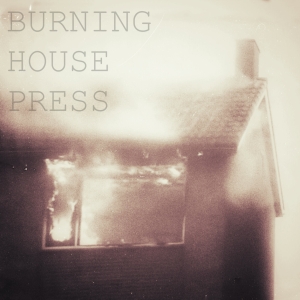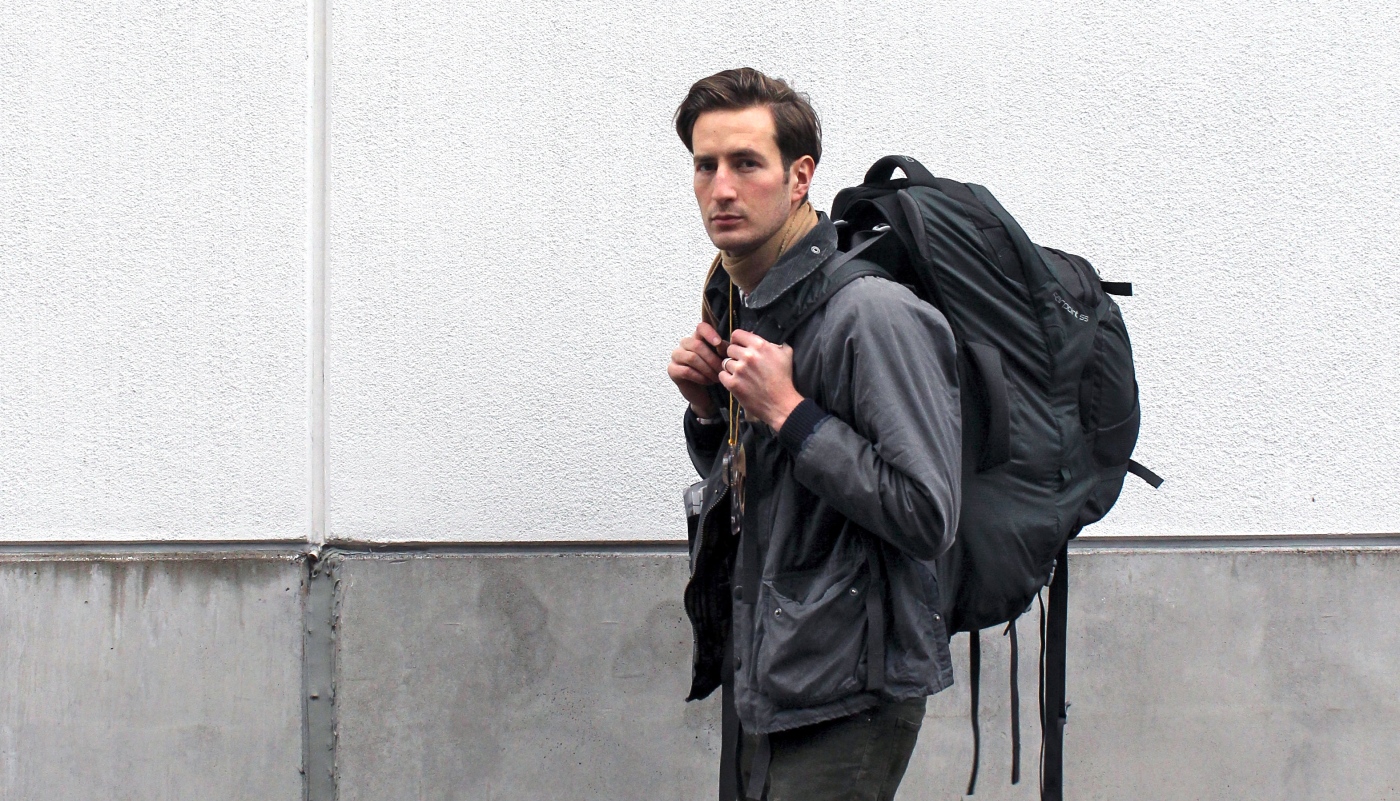Tom Jeffreys is an English author, critic, and editor. He is also, in his own words, “a reluctant traveller”.
In 2013, he was made redundant just as he and his wife – artist and writer Crystal Bennes – had to leave their flat in east London. They travelled for six months in South America, then lived for two years in Helsinki, where Crystal completed a masters’ degree in fine art. There was a year in Paris after that. Now they’re in Edinburgh.
Tom writes mostly about art and is especially interested in work that crosses over into the sciences or explores relations between the human and the nonhuman. His own work has been published in Apollo, art–agenda, Country Walking, Frieze, and Monocle, among others. He is also the founder and editor of The Learned Pig, an online journal with four areas of interest: art, thinking, nature, and writing.
Tom’s first book – Signal Failure: London to Birmingham, HS2 on Foot – was published by Influx Press, last year.
CCO’H: What was it that first inspired you to begin the journey that grew into Signal Failure?
TJ: The route of HS2 – the high-speed train line that will connect London to Birmingham and beyond – runs close to where I was born and raised in Buckinghamshire, about half an hour outside London. My father wears a StopHS2 sweatshirt at every opportunity, so I’ve been aware of HS2 for some time. But it was more recently that I discovered the extent of the project’s impact. Its advocates believe it will be an economic boon for businesses outside London; its opponents see a swathe of destruction carved through the heart of England.
In 2013, I wrote an article for a magazine called Pages Of that Crystal edited. The article was about growing up in the blandly prosperous commuter-ville of Buckinghamshire and the subsequent difficulty in identifying with all those nature writers I so admired – their wild outdoor childhoods and encyclopaedic knowledge of newts and modernism.
Writing is itself a thought process. In writing that piece, I started to think more deeply about the ways in which certain areas have been shaped by transport – in this instance, by the Metropolitan Line that was drawn through Middlesex and Buckinghamshire in the late nineteenth century. Metroland – a semi-rural idyll of golf courses and mock Tudor housing – was dreamt up by marketers and sold to city-weary professionals. That was my childhood.
I started to wonder what the future might look like for Metroland. HS2 loomed large on the horizon. I wanted to find out more.
CCO’H: What was it about the route that compelled you to explore it on foot?
TJ: The desire to discover. I’m not a creative writer. My writing is always a response – to places, to people, to art. I suppose I could simply have visited various parts of the route over a series of different journeys. But I like walking, I had time on my hands, and I was intrigued by the idea of a singular challenge. The route is 119 miles as the drone flies; probably twice that for an incompetent map-reader like me. I set out to walk the route in ten days. I failed.
Walking is a time-honoured way to get to know a place. As I looked at maps of the route, online and spread across the floor, I realised two things: firstly, that it would go through – and destroy – areas that I had never even heard of, let alone visited; and secondly, that even in the parts I thought I knew so well, there were people and places and layers of history that I knew very little about. As a writer, I would therefore be both insider and outsider, never entirely sure of which or where.
CCO’H: I’m tempted to call your book Brexit non-fiction. Did your journey affect your understanding of what’s going on in England?
TJ: If only there were a “Brexit non-fiction” section in all good bookshops! The EU referendum happened while we were living in Finland, after I had already completed the manuscript and was working on minor edits. There was definitely a temptation to rewrite sections to address what had happened (what was happening and is still) but I felt I ought to resist. Partly, because it was almost impossible. At that point, UK politics was moving so fast that trying to stay up-to-date while editing a book would have proved futile. HS2 has been nearly the only political constant since the walk. The other, oddly enough, is Jeremy Hunt.
The other reason was that it felt disingenuous. I started the walk in November 2014 (and finished it the following summer) so to read into that experience some kind of uncanny foresight would have been false. That said, some reviewers have definitely read it in the light of subsequent events, and my own preface does explicitly frame the narrative within the context of contemporary UK (and global) politics.
‘HS2 has been nearly the only political constant since the walk. The other, oddly enough, is Jeremy Hunt.’
What has proved interesting though is the way that both Brexit and HS2 have divided the country along unexpected lines. Who would have placed Paul Kingsnorth in the same camp as Nadine Dorries? Likewise, many HS2 opponents are left-wing environmental activists: others care only for the price of their house. They had nothing in common – until the arrival of a shared enemy. Is that how community always forms?
One of the book’s central questions is how to defend places (or communities or countries) from impending change without romanticising them or fixing in aspic. It ventures from a rapidly changing central London through interminable suburbia and out into the English countryside. It crosses farms and golf courses, goes through industrial estates and disused airfields, past overgrown trainlines and boarded-up pubs. I meet angry people, friendly people, confused people. There are encounters with foxes and horses, kites and a kingfisher. I hope no single view of Britain emerges.
CCO’H: You didn’t come across as a particular venturesome explorer in your book, although you’re unarguably a ‘traveller’ in the Bowles-ian sense.
TJ: You’re right – I’m fundamentally a coward. The book is full of fear – of wild camping, of horses, of getting lost, of loneliness, of other people. Travel writers often seem awfully brave; I’m nothing of the sort.
In terms of the rest of my work, home has been more important than travel. In London, I wrote about London. In Finland, I wrote mostly about Finnish things –education and forests and modernist architecture. In Paris, I wrote about Paris.
That said, I do travel quite a lot for work. In recent months, I’ve written pieces about art scenes as far apart as, for example, Kyiv, Ukraine and Dhaka, Bangladesh. Although fascinating to research, such pieces are invariably frustrating to write. There is always too much to include. Complexity – the thing that makes it all interesting in the first place – spills over the edges and gets edited out. You are always an outsider, writing for a readership of fellow outsiders. Everything has to be simplified. It has to make sense. I find myself striving for synthesis when maybe it just isn’t there.
CCO’H: Do you have a refined sense of ‘home’?
TJ: Home changes and shifts and is always two places at once. Home is still Buckinghamshire, where my parents still live in the same house. It is England. But it is also wherever we have actually been living – a Helsinki suburb, a Paris apartment, now a flat in Edinburgh. But I’m lucky: I have a passport and can easily return from our home to my parents’. It is only since leaving the UK that home has started to mean something significant. I’m always lagging behind.
CCO’H: Are you inclined to write another book?
TJ: Yes, I’m in the early stages of a book about Russian landscape aesthetics. It will involve art, trees, and travel. It will be far too grand in scope. It will be filled with sadness.


1 Pingback